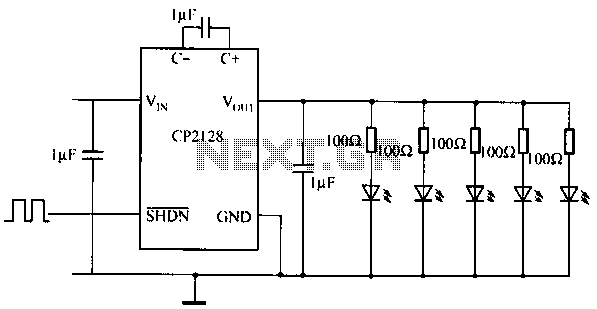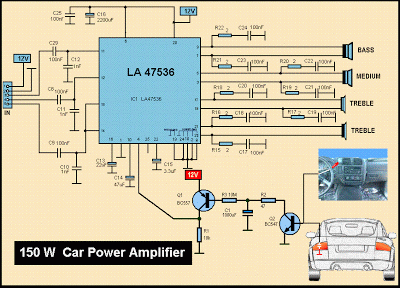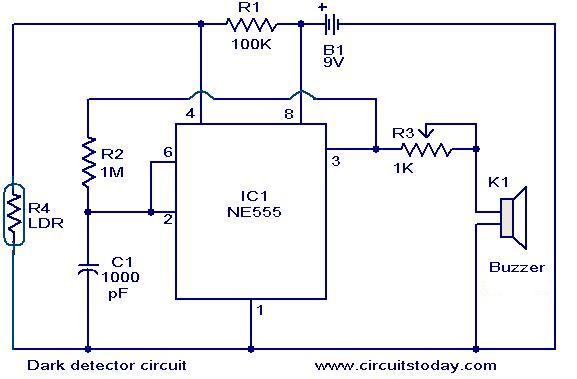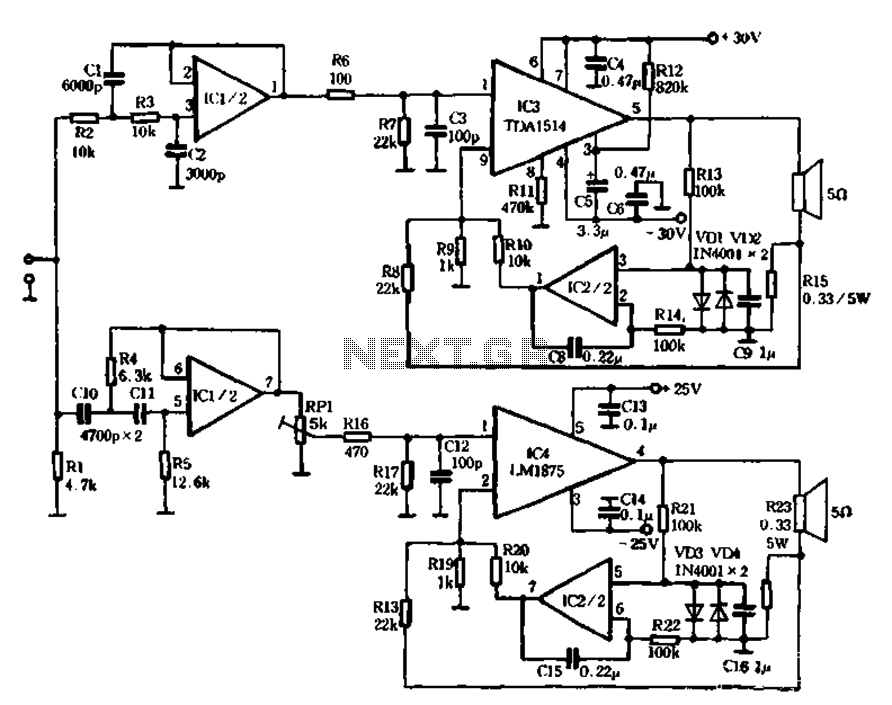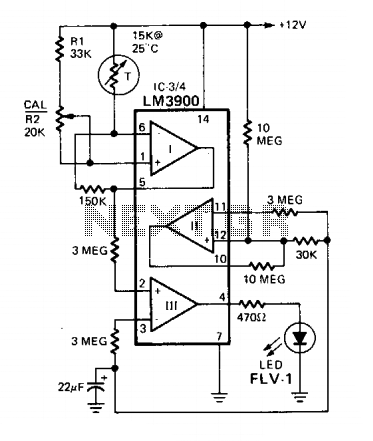
12V Neon Lamp Circuit
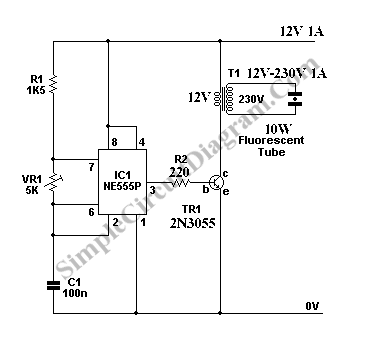
A neon lamp or tube lamp requires high voltage to initiate the ionization of the gas contained within the tube. Once ionization takes place, the voltage decreases to approximately 40 volts.
Neon lamps operate on the principle of gas discharge, where a low-pressure gas, typically neon, is contained within a glass tube. When a high voltage is applied across the electrodes at either end of the tube, it creates an electric field strong enough to ionize the gas. This ionization process transforms the neutral gas atoms into positively charged ions and free electrons, allowing current to flow through the gas. The initial high voltage required for this process is often in the range of several hundred volts.
Once the gas is ionized, the neon lamp transitions to a conductive state, resulting in a significant reduction in the voltage across the lamp, stabilizing around 40 volts. This lower operating voltage allows the lamp to maintain illumination with minimal power consumption. The characteristic glow of a neon lamp is due to the recombination of electrons and ions, which emits light at specific wavelengths.
In practical applications, neon lamps are commonly used as indicator lights, in displays, and for decorative lighting. They are known for their longevity and reliability, making them suitable for various electronic circuits that require visual signaling. The circuit design for a neon lamp typically includes a series resistor to limit the current flowing through the lamp, ensuring safe operation and preventing damage from excessive current. Additionally, a transformer or a high-voltage power supply may be used to provide the necessary voltage for initial ionization.Neon lamp or tube lamp need high voltage to trigger the ionization of the gas inside the tube. After the ionization occurs, the voltage drops around 40 volts.. 🔗 External reference
Neon lamps operate on the principle of gas discharge, where a low-pressure gas, typically neon, is contained within a glass tube. When a high voltage is applied across the electrodes at either end of the tube, it creates an electric field strong enough to ionize the gas. This ionization process transforms the neutral gas atoms into positively charged ions and free electrons, allowing current to flow through the gas. The initial high voltage required for this process is often in the range of several hundred volts.
Once the gas is ionized, the neon lamp transitions to a conductive state, resulting in a significant reduction in the voltage across the lamp, stabilizing around 40 volts. This lower operating voltage allows the lamp to maintain illumination with minimal power consumption. The characteristic glow of a neon lamp is due to the recombination of electrons and ions, which emits light at specific wavelengths.
In practical applications, neon lamps are commonly used as indicator lights, in displays, and for decorative lighting. They are known for their longevity and reliability, making them suitable for various electronic circuits that require visual signaling. The circuit design for a neon lamp typically includes a series resistor to limit the current flowing through the lamp, ensuring safe operation and preventing damage from excessive current. Additionally, a transformer or a high-voltage power supply may be used to provide the necessary voltage for initial ionization.Neon lamp or tube lamp need high voltage to trigger the ionization of the gas inside the tube. After the ionization occurs, the voltage drops around 40 volts.. 🔗 External reference
